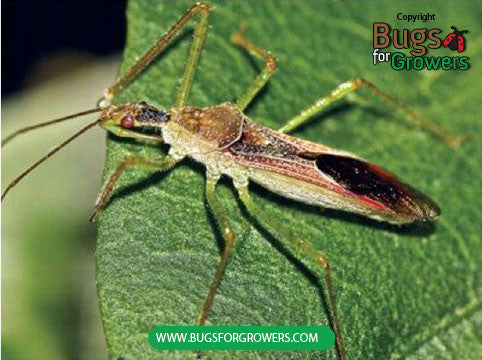Velvetbean caterpillar
Damage caused by the Velvetbean caterpillar
All the larval stages of velvetbean caterpillars are foliage feeders. In case of severe infestation, velvetbean caterpillars can completely skeletonize leaves of their host crops like soybean.
Facts (show all)
- Common names
-
- Velvetbean caterpillar
- Scientific name
-
- Anticarsia gemmatalis
- Identification
-
Adults: Moths of velvetbean caterpillar are gray, reddish brown in color. Hindwings are light brown in color with a row of whitish spots near margins. Also, their forewings and hindwings have a brown colored transverse line at their center.
Eggs: Eggs are of velvetbean caterpillar are whitish to pink in color and oval in shape.
Larvae/Caterpillar: Mature larvae of velvetbean caterpillar are green, brown or black in color with white, yellow or pink longitudinal stripes on their body, which is covered with white and brown spots. Mature caterpillars are about 25 mm long.
Pupae: Pupae of velvetbean caterpillar are light green to brown in color.
- Biology
-
The life cycle of velvetbean caterpillar consists of four stages including adult, egg, larva and pupa. Of these four stages, only larva cause feeding damage to their host plants. The velvetbean caterpillars spend their winter in warm places. When temperatures start warming up, they migrate towards North. After mating, females lay eggs on the lower surface of the leaves of host plants. Eggs hatch within 3-4 days into small caterpillars that start feeding on the leaves. While feeding, caterpillars develop into 4 developmental stages and mature within 20- 30 days. Mature larvae then pupate in the soil and life cycle continues. Under favourable conditions, velvetbean caterpillars can complete 3-4 generations in a year.
- Organic Control of the Velvetbean caterpillar
-
- Following beneficial bugs are used for organic control of Velvetbean caterpillar
- Predatory insects
-
- Predatory Assassin bug Zelus renardii
- Predatory spined soldier bugPodisus maculiventris


